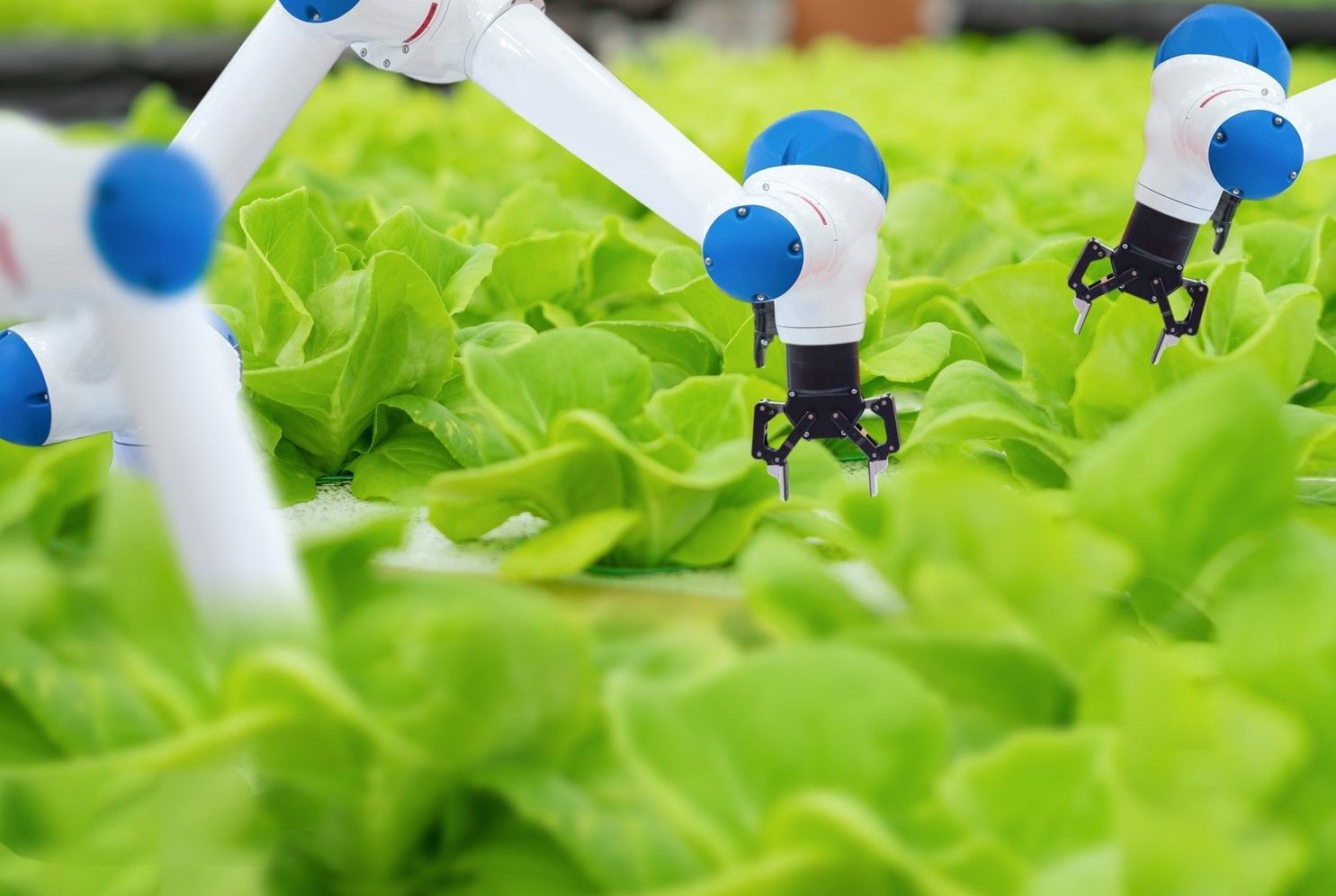
Last week, the U.S. Department of Agriculture (USDA) issued grants of inspection to two companies, allowing them to begin producing and selling cell-cultivated chicken meat to consumers—a first in the U.S. This marks the end of a long regulatory review by both the USDA and the U.S. Food and Drug Administration (FDA) of the two front-runners of the new cell-cultivated meat industry. The dual agency review, which is detailed below, culminated in the USDA giving the green light for production and sale to two California-based companies—Good Meat (part of food-technology company Eat Just) and Upside Foods.
Cell-Cultivated Chicken—The Other White Meat
Growing environmental and sustainability concerns surrounding animal meat production and consumption have created a new alternative meat industry—mainly involving plant-based “meats” made with soy protein—where the product appears, smells, and tastes like eggs, chicken, or burger patties (to name a few), but is actually made from plants.
Cell-cultivated meats differ from plant-based meats in that cell-cultivated meats are actual animal meat, just created in a lab. For cell-cultivated chicken, the initial cells can come from a biopsy of the chicken, a fertilized chicken egg, or a specialized bank of stored cells. Companies choose the cells most likely to reproduce quickly. The cells are then placed in bioreactor tanks in a bath of cell food designed to give them everything they need to grow (such as salt, water, vitamins, minerals, and nutrients like amino acids). Inside the bioreactors, the cells begin to transform into muscle, connective tissue, and fat. After around two weeks of multiplication, the cell-cultivated meat is removed from the tank and is ready to be shaped into a variety of familiar shapes—such as nuggets, sausages, or cutlets—cooked, and eaten.
The Long Road to Approval
Making the meat is easy—regulatory approval was the hard part.
The question of who would regulate meat made in a lab first came to fruition in October 2018, when USDA and FDA held a public meeting to discuss the use of livestock and poultry cell lines to develop cell-cultivated food products.
In March 2019, USDA and FDA created a joint regulatory framework in which the two agencies would share jurisdictional responsibilities. Under the framework, the FDA regulates earlier steps in the cell-cultivated meat manufacturing process including:
- Cell Collection;
- Cell Banking;
- Cell Growth or Proliferation; and
- Cell Differentiation.
The FDA also ensures compliance with “Current Good Manufacturing Practices and preventive controls regulation, and requirements applicable to substances that become a component of food or otherwise affect the characteristics of food.” Furthermore, the FDA “conduct[s] appropriate inspections” and takes “enforcement action if necessary.”
Between cell differentiation and later cell harvest, a transition or regulatory “handoff” occurs from the FDA to the USDA, specifically USDA’s Food Safety and Inspection Service (FSIS). As part of that transition, the FDA provides the information necessary for the USDA to “determine whether harvested cells are eligible to be processed into meat or poultry products that will bear the USDA mark of inspection.”
After the transition, the FSIS oversees “the production and labeling of human food products derived from the cells of livestock and poultry,” which includes “inspections” and “enforcement action if necessary …” In July 2020, the FDA and the FSIS jointly held a public meeting on cultured meat regulation, which was recorded, and is available here.
In late 2020, the Singapore Food Agency (SFA) granted Eat Just approval to begin selling its cell-cultivated chicken as a food ingredient in Singapore. Since then, the cell-cultivated chicken has been used in restaurants, food stalls, and has also been made available through food delivery.
In November 2022, the FDA completed its first pre-market consultation for a human food made from cultured animal cells when it issued a “no questions” letter to Upside Foods, and a few months later, to Good Meat. The “no questions” letter indicated that FDA had no questions about the safety of each company’s cell-cultivated chicken for human consumption. Earlier this month, USDA approved the label of “cell-cultivated chicken,” which was the first-ever label approval for cultured meat. Finally, last week, USDA closed the regulatory loop by giving the green light to both Upside Foods and Good Meat to sell their cell-cultivated chicken.
What’s Next?
These initial approvals will certainly spur further competition in the cell-cultivated animal meat space. The more than 150 companies already operating in the sector, which, according to news reports, have raised billions of dollars from marquee investors and conventional meat giants, will soon learn how quickly consumers will acclimate to cell-cultivated meat. While it will likely be years before companies have the scale to sell cell-cultivated meat in grocery stores, the USDA’s and the FDA’s approvals will eventually allow the sale of cell-cultivated meat across state lines after passing federal inspections.
We will continue to monitor the approval of food products in the space. If you have any questions, please contact Georgia Ravitz, James Ravitz, Eva Yin, Maya Skubatch, James Huie, Paul Gadiock, Marissa Hill Daley, or any member of the firm’s FDA regulatory, healthcare, and consumer products practice.
Georgia Ravitz and Marissa Hill Daley contributed to the preparation of this Wilson Sonsini Alert.
- Privacy Policy
- Terms of Use
- Accessibility